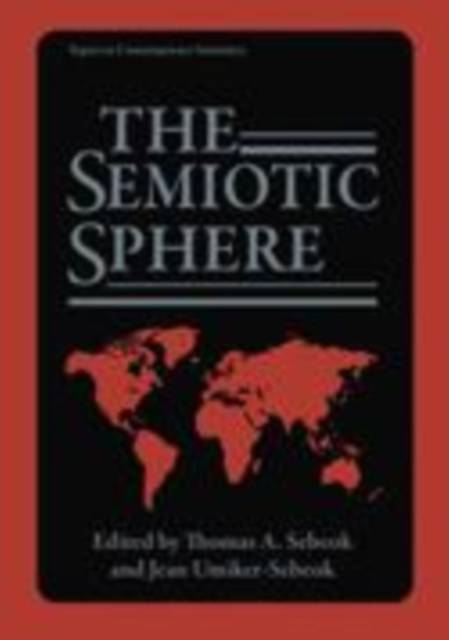
Door een staking bij bpost kan je online bestelling op dit moment iets langer onderweg zijn dan voorzien. Dringend iets nodig? Onze winkels ontvangen jou met open armen!
- Afhalen na 1 uur in een winkel met voorraad
- Gratis thuislevering in België vanaf € 30
- Ruim aanbod met 7 miljoen producten
Door een staking bij bpost kan je online bestelling op dit moment iets langer onderweg zijn dan voorzien. Dringend iets nodig? Onze winkels ontvangen jou met open armen!
- Afhalen na 1 uur in een winkel met voorraad
- Gratis thuislevering in België vanaf € 30
- Ruim aanbod met 7 miljoen producten
Zoeken
Omschrijving
Although semiotics has, in one guise or another, ftourished uninterruptedly since pre- Socratic times in the West, and important semiotic themes have emerged and devel- oped independently in both the Brahmanie and Buddhistic traditions, semiotics as an organized undertaking began to 100m only in the 1960s. Workshops materialized, with a perhaps surprising spontaneity, over much ofEurope-Eastern and Western- and in North America. Thereafter, others quickly surfaced almost everywhere over the litera te globe. Different places strategically allied themselves with different lega- eies, but all had a common thrust: to aim at a general theory of signs, by way of a description of different sign systems, their comparative analysis, and their classifi- cation. More or less permanent confederations were forged with the most diverse academic disciplines, and amazingly varied frameworks were devised-suited to the needs of the times and the sites-to carry the work of consolidation forward. Bit by bit, mutually supportive international networks were put together. Today, it can truly be asserted that semiotics has become a global enterprise. This, of course, is far from saying that the map is uniform or even that world-wide homogeneity is in the least desirable. While our conjoint ultimate goal remains steadily in focus, the multiplicity of avenues available for its realization is inherent in the advent ure of the search itself.
Specificaties
Betrokkenen
- Uitgeverij:
Inhoud
- Aantal bladzijden:
- 662
- Taal:
- Engels
- Reeks:
Eigenschappen
- Productcode (EAN):
- 9781475702071
- Verschijningsdatum:
- 12/12/2012
- Uitvoering:
- Paperback
- Formaat:
- Trade paperback (VS)
- Afmetingen:
- 178 mm x 254 mm
- Gewicht:
- 1133 g

Alleen bij Standaard Boekhandel
+ 335 punten op je klantenkaart van Standaard Boekhandel
Beoordelingen
We publiceren alleen reviews die voldoen aan de voorwaarden voor reviews. Bekijk onze voorwaarden voor reviews.










